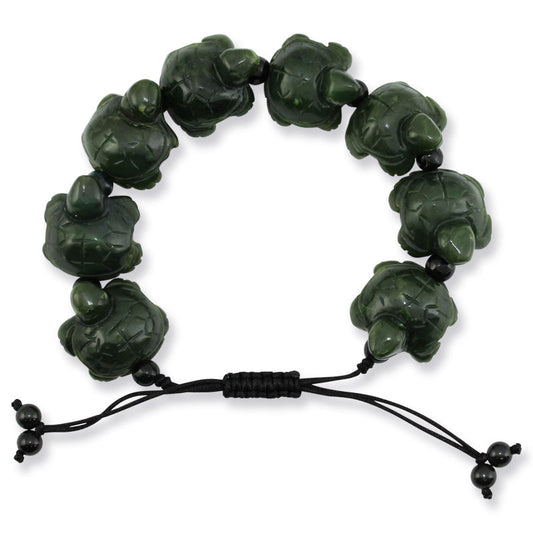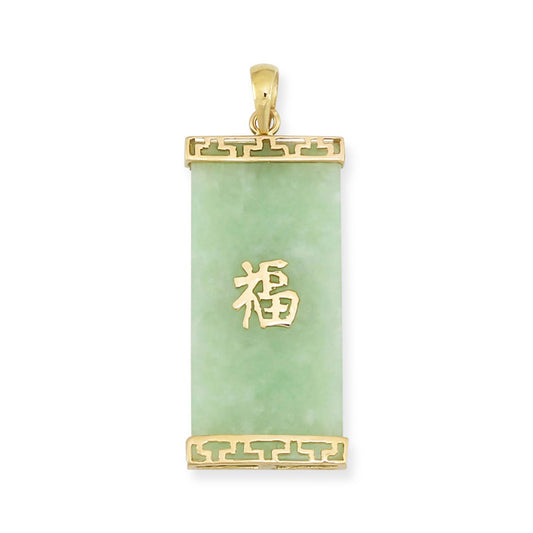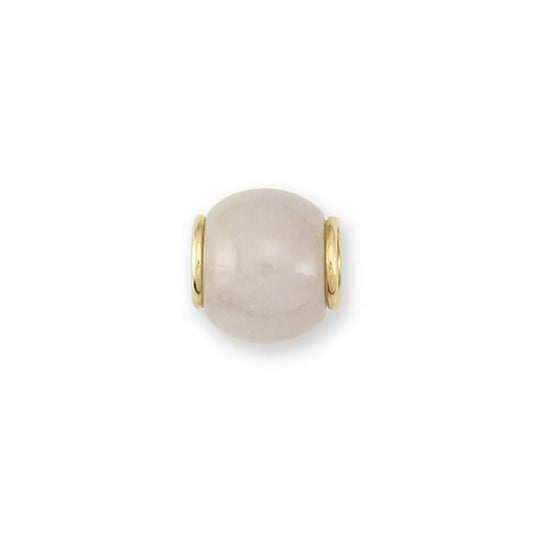Yellow has long been associated with royalty in China, yet yellow jade remains a rarity in jewelry stores. High-quality yellow jadeite jade is surprisingly uncommon, and true "imperial yellow" jade is almost unheard of. But what makes this gemstone so special, and why hasn't it been given the same status as its green counterpart?

The Meaning of Yellow Jade
The significance of jade varies across cultures and personal beliefs, but it is generally regarded as a symbol of good fortune. In traditional Chinese culture, jade carvings often carry specific meanings—such as fish-shaped pendants symbolizing wealth, strength, and courage. As for the color yellow, it was historically reserved for the emperor, reinforcing associations with power and prestige.

Why Isn’t Yellow Jade Called “Imperial Jade”?
Many people assume that the most revered jade in ancient China was the finest green jadeite, but that isn’t the case. Historically, China’s elite treasured white nephrite jade above all else. It wasn’t until the 1700s, when the region now called Myanmar began exporting jadeite jade to China, that this striking variety became widely available. Emperor Qianlong, one of jade’s most famous patrons, was captivated by the vivid green hues of this new jade.
Some experts speculate that if an abundant supply of high-translucency, ultra-fine yellow jadeite had been discovered, it might have taken the title of “imperial jade.” However, such material remains exceedingly rare, leaving green jadeite jade as the undisputed champion.

What Causes Yellow Jade’s Color?
According to Jade: A Gemologist’s Guide by Lotus Gemology, hues such as brown, beige, yellow, orange, and red occur in the rind of the jade stone.
If you were to cut open a jade boulder, the core would typically display white, green, or lavender shades, while the outer layers—exposed to environmental oxidation—would take on yellow, orange, red, or brown hues. This color transformation is due to iron oxide staining, which explains why these shades are considered “secondary colors” rather than colors intrinsic to the stone’s chemical makeup.
Is Yellow Jade Still “Fei Cui”?
Yes! In gemological terms, "Fei Cui" refers to jadeite jade, regardless of color. The Hong Kong Jade and Stone Laboratory defines Fei Cui as a polycrystalline aggregate primarily composed of jadeite, omphacite, and/or kosmochlor. Since yellow jadeite jade falls within this classification, it is still considered Fei Cui.
How Durable is Yellow Jade?
Both jadeite jade and nephrite jade rank among the toughest gemstones, making them excellent choices for everyday wear. While jade’s color does not affect its durability, its translucency and crystal structure can. Higher-quality jadeite jade with finer, more compact crystal aggregates tends to be tougher than lower-quality, more opaque varieties.
That said, jade can still break under extreme impact—so handle your yellow jade with the same care you would afford any treasured jewelry item. Avoid dropping it on hard surfaces like concrete to prevent accidental damage.

Is Yellow Jade Treated?
According to Jeff Mason, the owner of Mason-Kay Jade and our resident jade tester, yellow jadeite jade is rarely, if ever, treated with impregnation or dye because it holds lower market value compared to green jadeite. This means there’s little financial incentive for sellers to alter its appearance artificially.
While yellow jade can be heat-treated, this process is not easily detectable with standard gemological equipment. However, heat treatment is uncommon, and even if it occurs, the color remains stable and does not fade over time.
One thing to watch out for, though, is dyed yellow quartz being sold as yellow jadeite. If you’re in the market for yellow jade, be sure to purchase from a reputable dealer to ensure authenticity.





